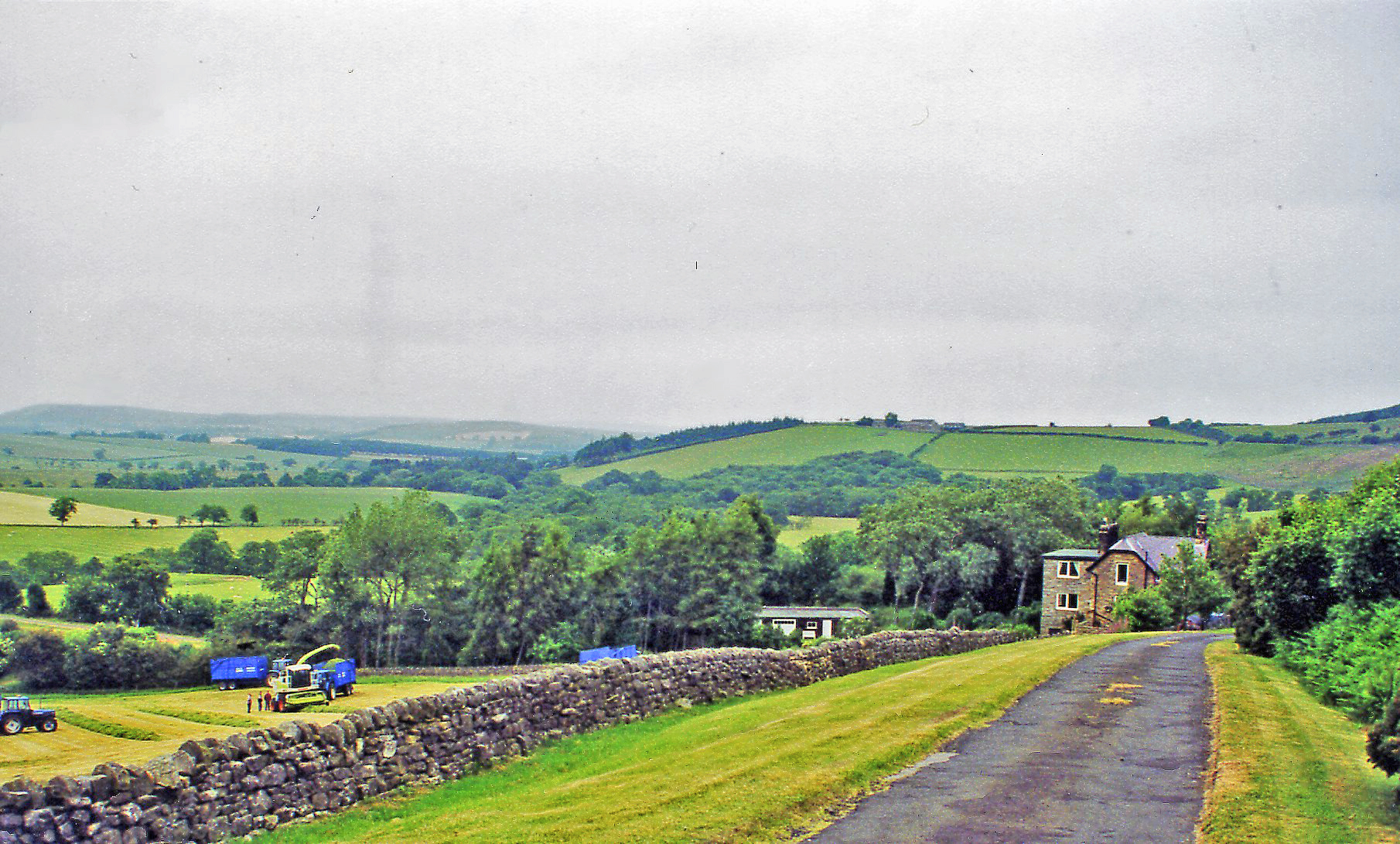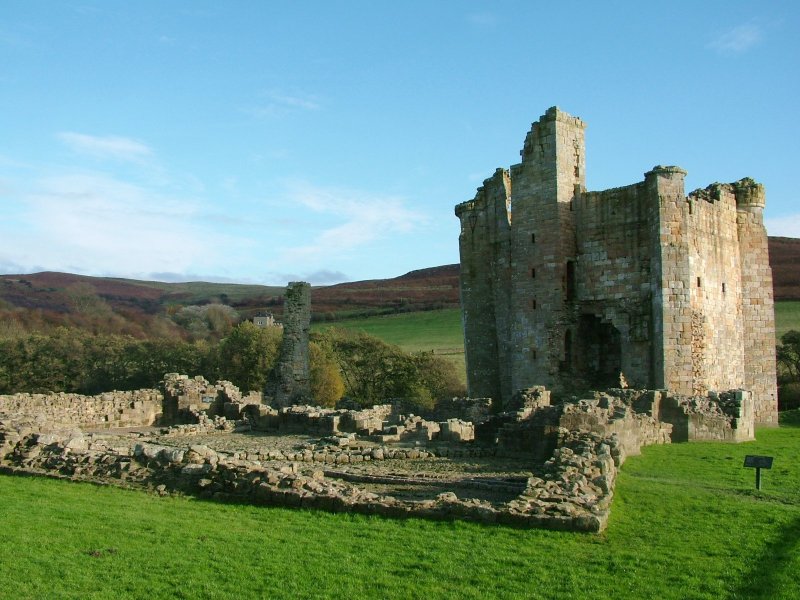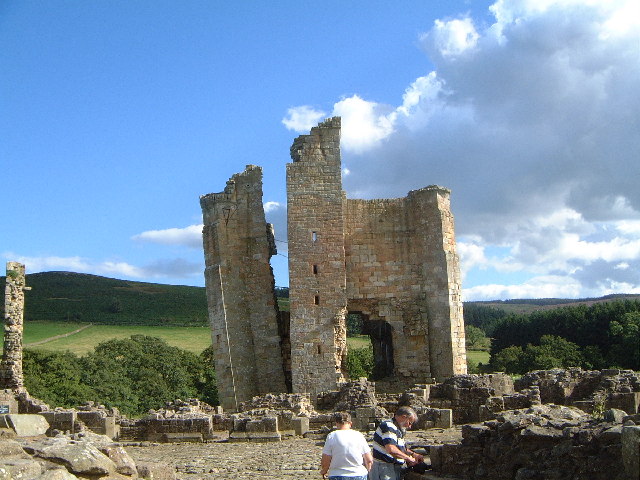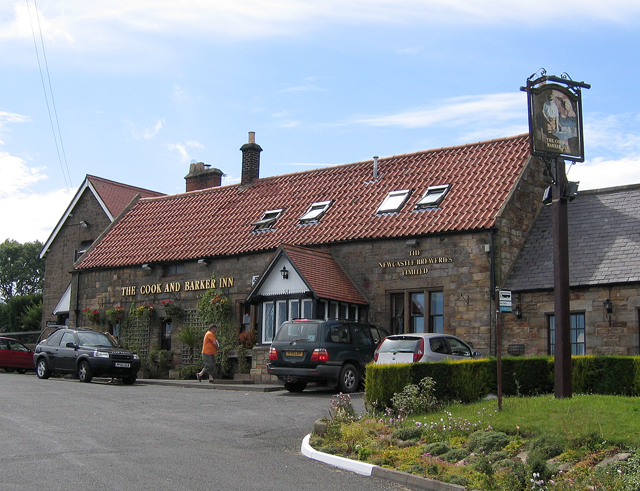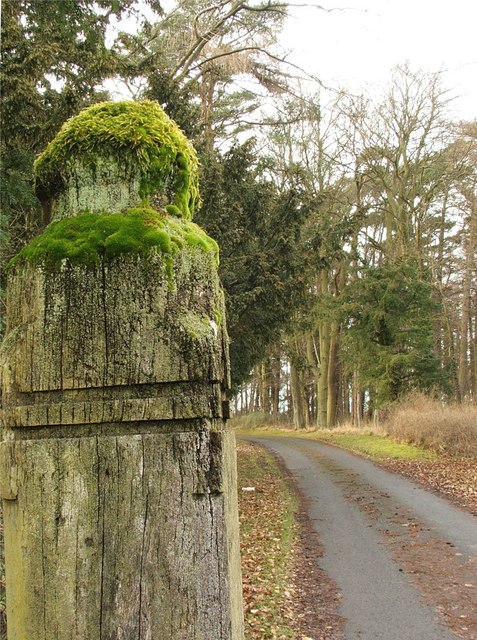Black Lough
Lake, Pool, Pond, Freshwater Marsh in Northumberland
England
Black Lough

Black Lough, located in Northumberland, is a serene freshwater marsh nestled amidst the picturesque countryside of northern England. This enchanting body of water is often referred to as a lake, pool, pond, or even a tarn by locals, owing to its varying size and shape throughout the year.
Situated within the boundaries of the Northumberland National Park, Black Lough covers an area of approximately 20 acres, making it a relatively small yet captivating natural feature. The lough is characterized by its shallow depth, rarely exceeding 10 feet, and its waters are primarily fed by rainfall and underground springs.
Surrounded by lush vegetation and reed beds, Black Lough is home to a diverse range of plant and animal species. The marshy terrain supports an abundance of aquatic flora, including water lilies, reeds, and rushes, providing a habitat for numerous invertebrates and waterfowl. Birdwatchers can delight in observing species such as mallards, coots, and reed warblers that frequent the lough's tranquil waters.
The lough's tranquil ambiance attracts visitors seeking a peaceful escape amidst nature's beauty. It offers opportunities for leisure activities like fishing, with perch and pike being commonly caught species. Additionally, the surrounding area provides ample walking trails, allowing visitors to explore the stunning Northumberland countryside.
Black Lough's idyllic setting and rich biodiversity make it an essential part of the Northumberland landscape, inviting both locals and tourists to appreciate the wonders of this freshwater marsh throughout the year.
If you have any feedback on the listing, please let us know in the comments section below.
Black Lough Images
Images are sourced within 2km of 55.369633/-1.7921334 or Grid Reference NU1308. Thanks to Geograph Open Source API. All images are credited.

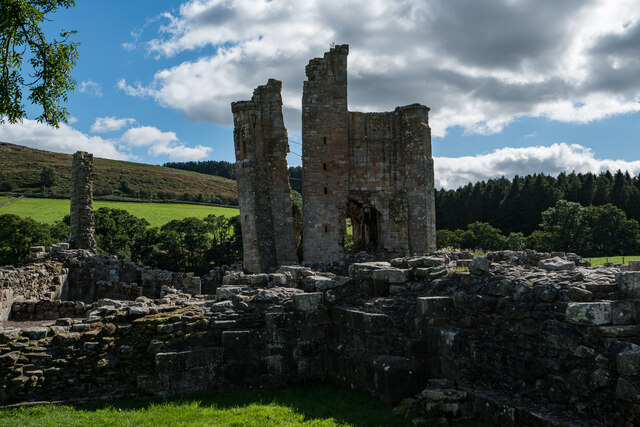


Black Lough is located at Grid Ref: NU1308 (Lat: 55.369633, Lng: -1.7921334)
Unitary Authority: Northumberland
Police Authority: Northumbria
What 3 Words
///teachers.diplomas.city. Near Shilbottle, Northumberland
Nearby Locations
Related Wikis
Edlingham railway station
Edlingham railway station served the village of Edlingham, Northumberland, England from 1887 to 1953 on the Cornhill Branch. == History == The station...
Edlingham Castle
Edlingham Castle is a small castle ruin, having scheduled monument and Grade I listed building status, in the care of English Heritage. It is located in...
St John the Baptist, Edlingham
St John the Baptist is a mediaeval (11th century) church in Edlingham in the English county of Northumberland. The church is mostly Norman, from two periods...
Edlingham
Edlingham is a small village and civil parish in Northumberland in the north of England. At the 2001 census it had a population of 196, which had reduced...
Lemmington Hall
Lemmington Hall is an 18th-century country mansion incorporating a 15th-century tower house, situated near Edlingham, Northumberland, England. It is a...
Newton on the Moor
Newton on the Moor is a village and former civil parish in Northumberland, England. It is located 5 miles (8 km) south of Alnwick, on the old route of...
Abberwick
Abberwick is a hamlet and former civil parish near the River Aln, now in the parish of Edlingham, in the English county of Northumberland. In 1951 the...
Newton Hall, Northumberland
Newton Hall is an 18th-century country house at Newton on the Moor, near Alnwick, Northumberland, England. It is a Grade II listed building. == History... ==
Have you been to Black Lough?
Leave your review of Black Lough below (or comments, questions and feedback).














